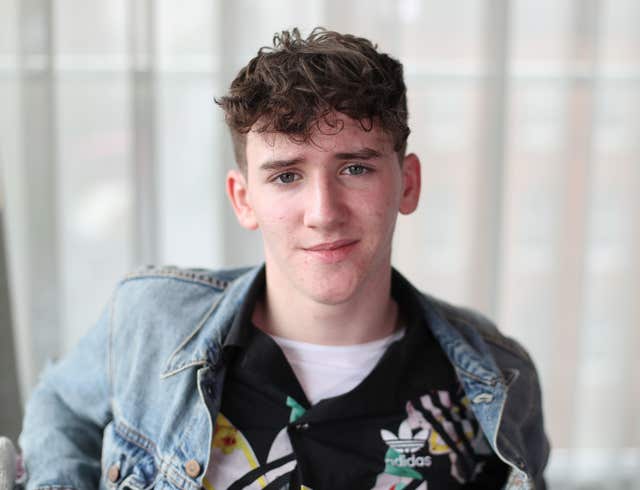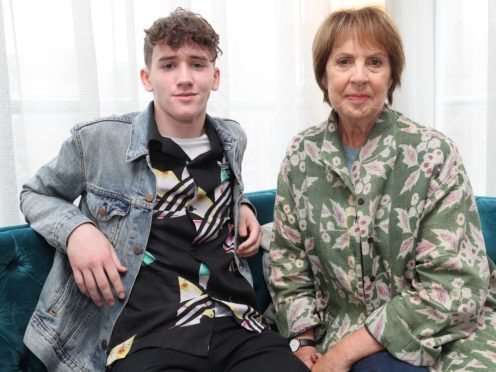A film about saving a Belfast elephant during the Second World War is a tale of compassion and humanity, its leading actors said.
Zoo tells the story of a boy’s friendship with the baby animal and efforts to keep it from being killed during the Germans’ bombing of Belfast in the Blitz.
It is based on a true story and premiered in Belfast on Tuesday.
Dame Penelope Wilton played Denise Austin, who brought baby elephant Sheila home from Belfast Zoo to prevent it from being killed by bombs from German planes.
She said: “It is a very humane story and it is a story of resilience and it is a story of these young people, who have the bravery in a grown-up world to fight for what they thought was right.”

In the film, a young boy, Tom, became friends with the elephant after his father, the zoo’s vet, went to fight in the war.
He and his young friends hid the elephant with the help of Dame Penelope’s character Ms Austin.
Tom was played by Art Parkinson and he said it was a story of compassion and humanity with its focus on animal welfare.
“These days you look around and see pollution everywhere and basically disrespect for the Earth.
“So I think as humans we can definitely change the way we look at that.”
Dame Penelope said the film was about young people’s relationships with each other and how they managed being adolescents during wartime.
She added: “And in the end all these disparate characters come together, plus Mrs Austin, and they achieve an amazing thing by hiding this elephant and they save its life.”
At one stage in the film she had a menagerie of animals living with her: hedgehogs; parrots; rabbits; weasels; tiny chicks; mice and birds.
“You name it, I had it.
“Guinea pigs, everything – and an elephant.”
She said it was a story of what happened to people who were not involved directly in warfare.
“It was the fall-out from that, the domestic side, how people managed when they were children, just growing up.”
